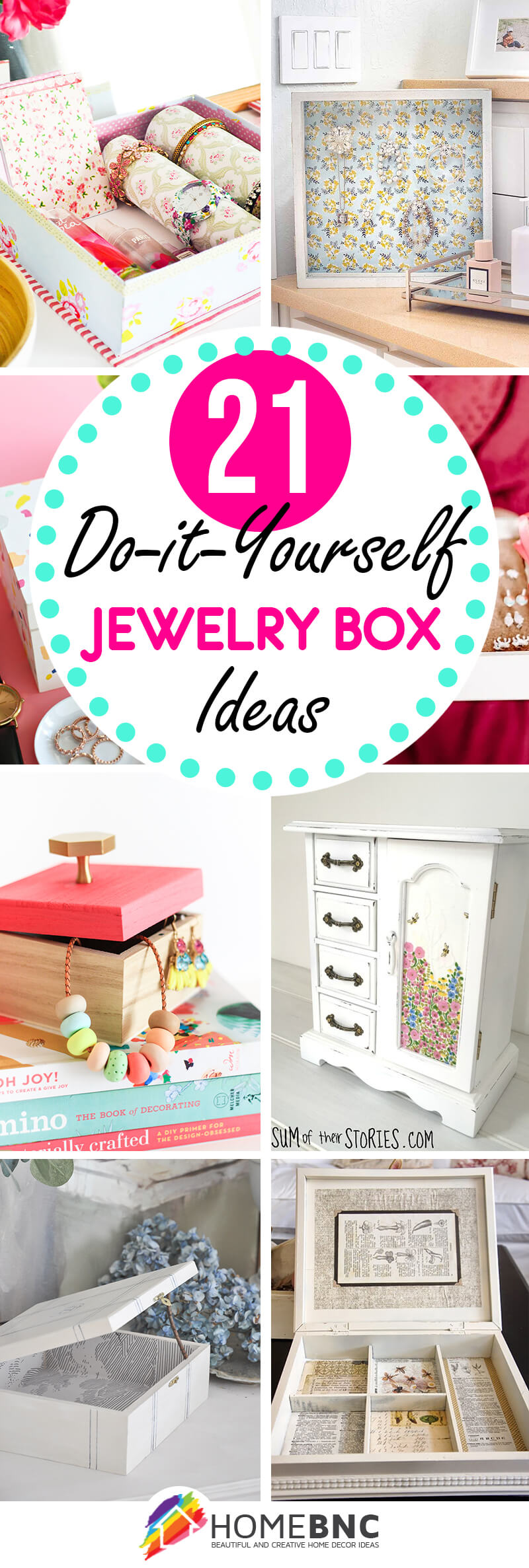
Jewelry Box Projects: Organize and Store Your Treasures in Style
Tired of tangled necklaces and misplaced earrings? Transform your jewelry storage from chaotic mess to elegant display with these inspiring DIY jewelry box projects. Whether you prefer a rustic charm or a sleek modern aesthetic, these projects offer a unique blend of functionality and style, allowing you to showcase your beloved pieces while keeping them safe and organized. Get ready to unleash your creativity and enjoy the satisfying process of crafting the perfect jewelry storage solution tailored to your taste.
Repurposing for a Unique Touch
Don't underestimate the potential of repurposed items! Give old cigar boxes, vintage wooden crates, or even pretty tea tins a new life as stunning jewelry organizers. A simple coat of paint, some decoupage, or a layer of textured fabric can completely transform these humble containers. Consider adding dividers made from repurposed cardboard or felt to create compartments for rings, earrings, and bracelets. This method not only offers a sustainable approach to crafting but also adds a unique, vintage feel to your jewelry storage. The inherent imperfections and history of the repurposed material will give your jewelry box a one-of-a-kind character.
Adding Personal Touches
Personalize your repurposed jewelry box by adding embellishments that reflect your style. Incorporate decorative knobs, vintage buttons, or even small mirrors to add an extra layer of charm. You can also personalize it with your initials or a favorite quote using paint pens or stencils. Don't be afraid to experiment with different textures and patterns. The key is to have fun and let your personality shine through in your unique creation.
Building from Scratch: A Customizable Approach
For complete control over the design and size of your jewelry box, building one from scratch offers unparalleled customization. Choose from a variety of materials, including wood, fabric, or even upcycled materials like pallets. A simple wooden box can be enhanced with decorative hinges and latches, creating a sophisticated and functional piece. Consider incorporating compartments of varying sizes to accommodate different types of jewelry. This allows you to customize your jewelry box to match the size and shape of your collection, ensuring everything has its designated place.
Essential Tools and Materials
Before you begin, gather your necessary tools and materials. This might include:
- Wood (for wooden boxes)
- Fabric (for fabric-covered boxes)
- Saw (for cutting wood)
- Glue
- Screws and hinges
- Paint and brushes
- Decorative elements (buttons, knobs, etc.)
- Measuring tape and pencil
Creative Storage Solutions Within Your Box
Maximize your jewelry box's storage capacity with clever interior designs. Use fabric-covered dividers to separate necklaces and prevent tangling. Employ small trays or compartments for rings and earrings, ensuring easy access and visibility. Consider adding a small mirror to the inside of the lid for convenient application of makeup or jewelry adjustment. Even repurposed items like egg cartons or spice racks can find a new purpose as ingenious storage solutions within your custom-designed box, offering a unique and functional touch.
Protecting Your Precious Pieces
Protecting your jewelry is paramount. Line your jewelry box with soft fabric like velvet or felt to prevent scratches and tarnish. This added layer of protection will keep your jewelry looking its best for years to come. For particularly delicate pieces, consider using individual fabric pouches or felt inserts for extra security.
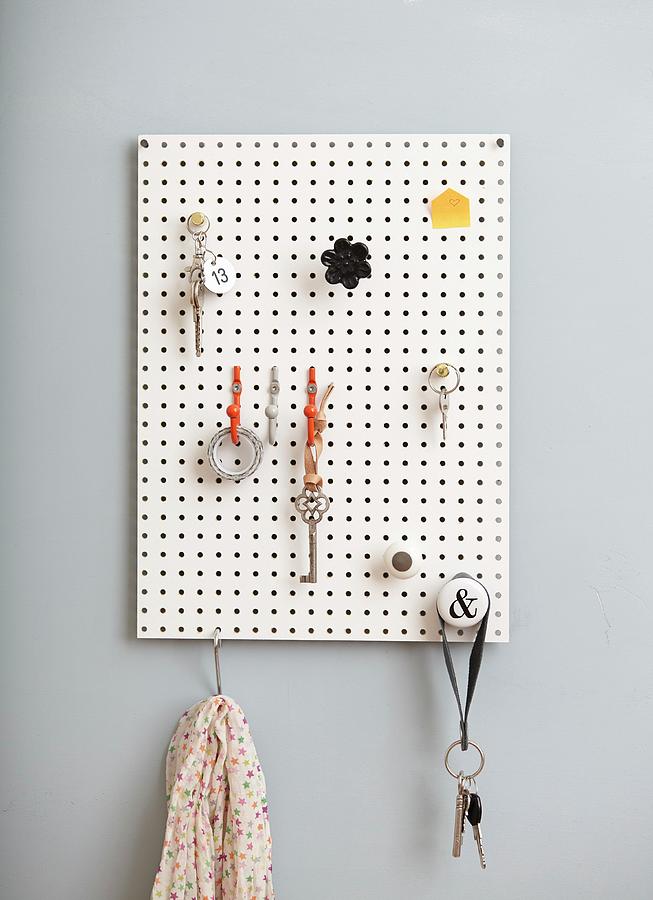

:max_bytes(150000):strip_icc()/cutting-a-dado-96312431-a356fe595f7b434aa0519c1faa039495.jpg)


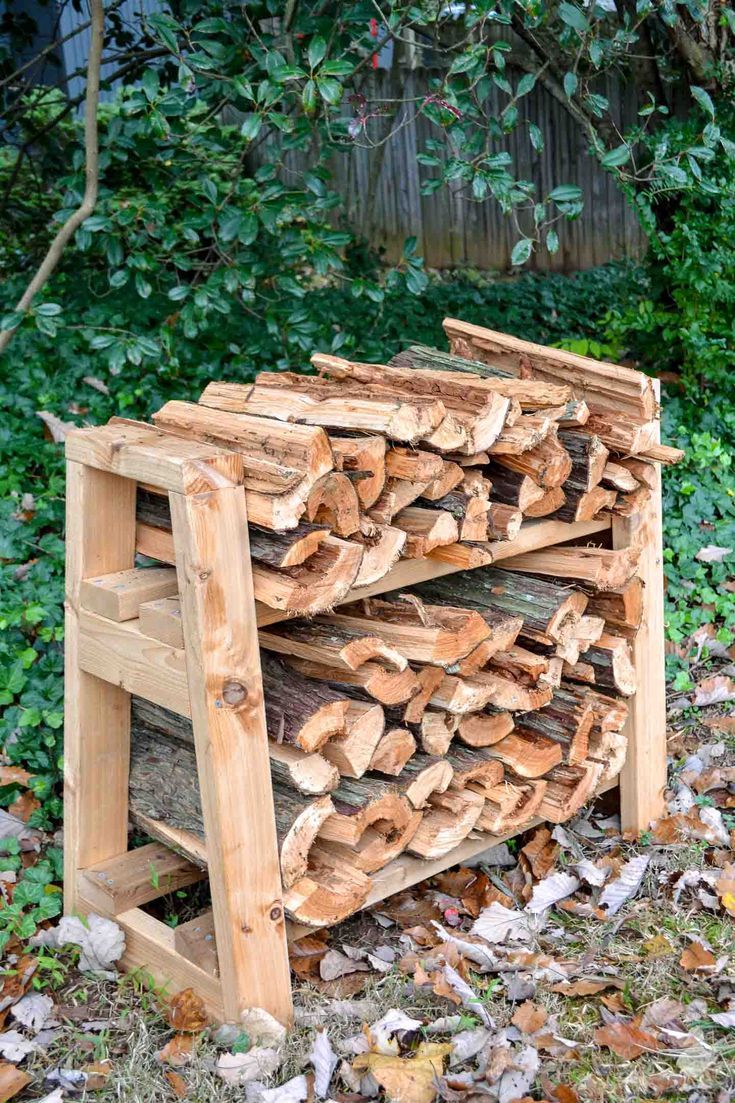

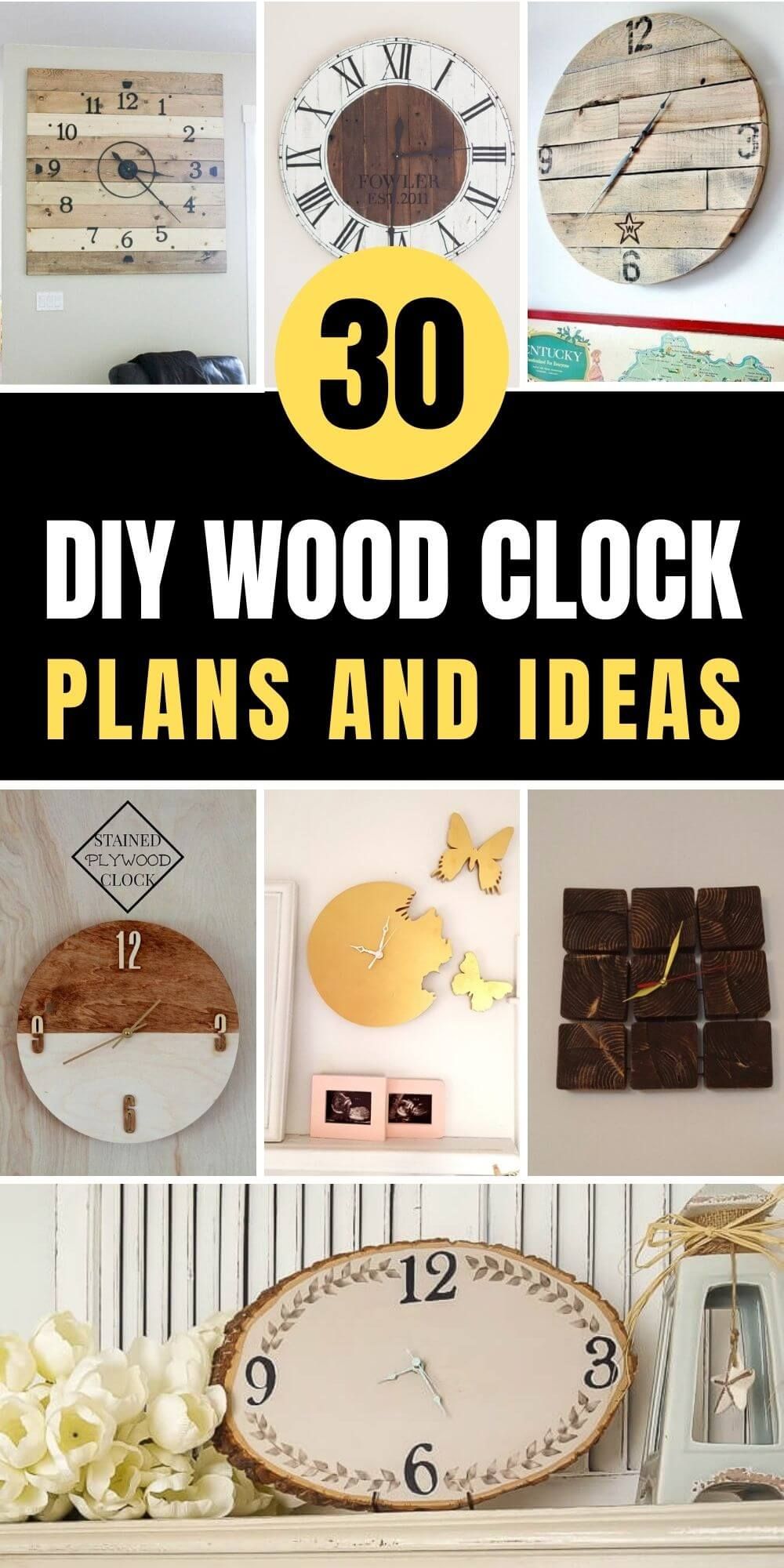






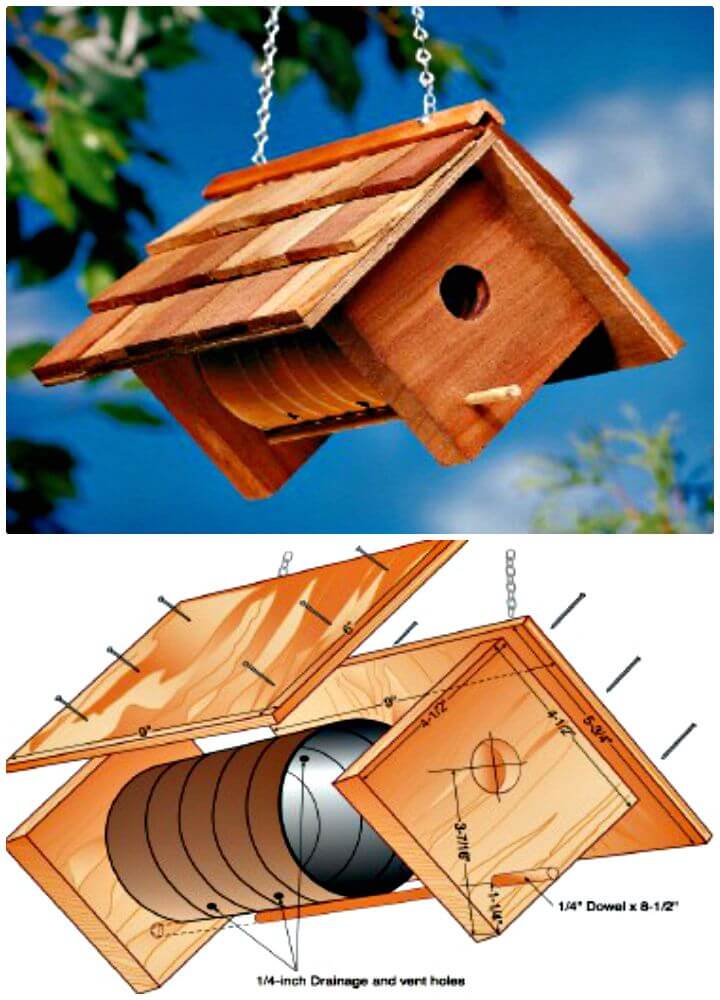
/carpentry-workshop-510332944-57cee3955f9b5829f405dd43.jpg)

